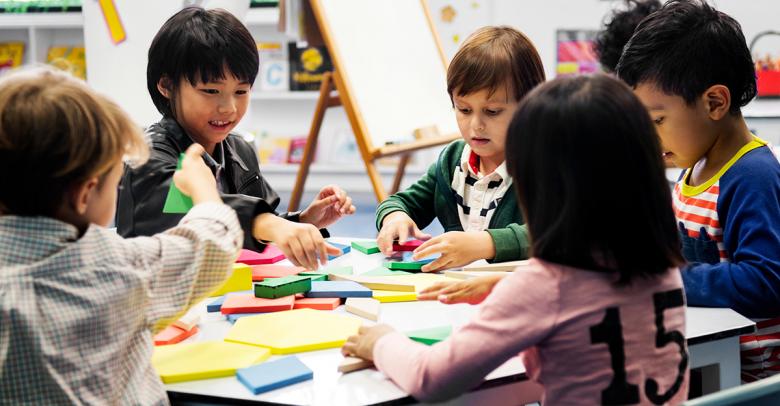In today’s world, it is not uncommon for children to simultaneously learn how to interact with tablets and smartphones while also learning how to grasp various forms of pencils and crayons. As a result, there have been some states and districts that have experimented with the phasing out of penmanship, arguing that it is unnecessary for children of the digital age. In more recent years, we have experienced a shift back towards the previous value placed on penmanship based on research that has provided evidence that handwriting is about more than simply learning how to form letters. Handwriting paves the way for the development of valuable skills that are crucial to childhood development.
Develop Better Fine Motor Coordination
Grasping is an innate reflex performed by babies, but it takes time for skills to develop sufficiently to allow a child to manipulate a pencil or marker. Learning to properly shape letters helps young children improve their fine motor coordination. Although it seems simple to those of us who have been writing for years, penmanship requires detailed coordination of muscle movements. From grasping the writing instrument to placing even pressure on the page to creating fluid movements, children benefit from learning to write by hand.
Develop Stronger Reading and Spelling Abilities
Children often complain that writing things by hand slows them down, but that is actually part of the point of placing pencil to paper. As children learn to write their letters, they also make connections between the shape of the letter and the sound it makes. This helps with basic phonics instruction and boosts reading fluency.
Taking the time to write words by hand allows kids to see how letters fit together to make blended sounds and produce words. This skill translates to stronger reading and spelling abilities. In fact, research conducted at Iowa State University found that children with better handwriting also performed better on a test of early literacy skills, suggesting that the two factors are related.
Improving Motivation to Write and Express Oneself Creatively
Placing a writing tool in a child’s hand often spurs his or her creativity in a way that staring at a blank word processing screen cannot. Children are naturally creative, spinning new stories or coming up with novel games. Teaching kids handwriting helps them express their creativity and develop their ideas in written form. This helps students become motivated to express themselves creatively. It also improves their ability to organize thoughts and communicate clearly.
Early childhood educators know that even in the digital age, teaching handwriting can pay off in numerous ways. As an educator, it’s time to stock up on supplies, instructional materials, games and activities that support the development of proficiency in handwriting skills.





